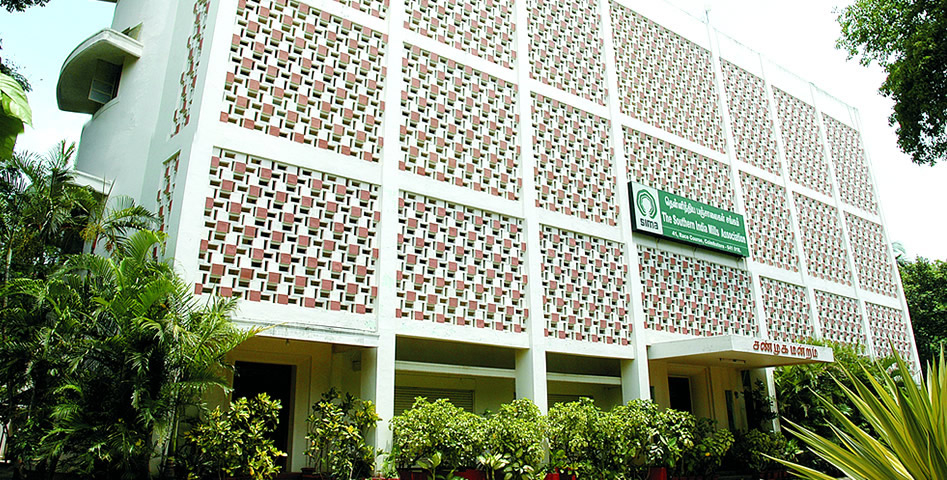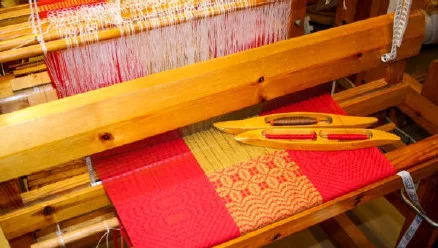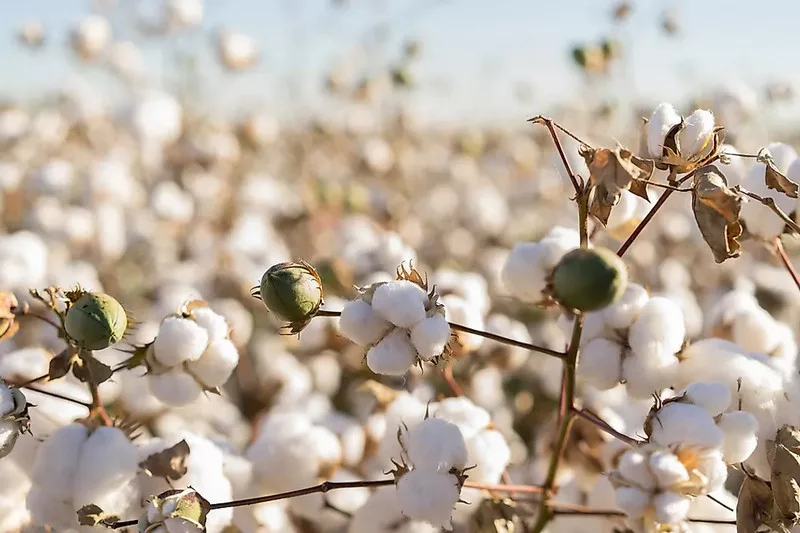Production Linked Incentive (PLI) Scheme Herald a new age in textile manufacturing: ITTA and SIMA hail.
Cotton has been the engine of growth for the Indian textiles and clothing industry due to long history of domestic availability of raw material, world-class textile machinery and other supporting fronts. However, globally the MMF constitutes 70% of the clothing and textiles and therefore with the impetus to increase the MMF activities, the NDA government led by the Hon’ble Prime Minister, Shri Narendra Modi, has brought several historical reforms, path-breaking policy initiatives during the last seven years, especially in the last two years with the objective of enhancing the global competitiveness of the textiles & clothing industry, the largest employment provider, amongst the manufacturing sector.
“Make in India” Policy
One of the most important lessons learnt during the COVID 19 pandemic period is the need to be self-reliant especially when the country faced challenge on the availability of indigenously manufactured PPE and N95 masks to protect the people of the nations especially the frontline workers and medical team from the deadly corona virus. The Hon’ble Prime Minister took this lesson to countrywide approach with the launch of “Atmanirbhar Bharat” policy to boost Indian manufacturing and drive exports, in furtherance of the “Make in India” policy announced earlier. India’s over- dependence on cotton and expensive man-made fibre price have been cited as the major reasons for the sluggish growth and India got pushed from 2nd position to 6th position in the global textile trade.
Approval Of Incentives Worth Rs.10,683 Crores
Being the signatory of WTO, the country had to phase out several WTO non-compatible export incentives like MEIS, FPS, FMS, etc., and with the delay in concluding the FTAs, the competitiveness got eroded with high tariff barriers while the competing nations could derive advantage with duty free access and import of man-made fibres at a much cheaper price. It was realised that the country has to identify the global top traded textile goods and launch a “Focus Product Scheme” apart from making the MMF raw materials made available at an internationally competitive rate. Hence, the Government took a bold decision of abolishing the anti-dumping duties, rejecting any proposed ADD on basic raw materials and also reducing the import duties. The industry proved its capability by becoming the world’s second largest PPE manufacturers and exporter in the world within two months by producing them much cheaper than even China. The Government has now announced the PLI scheme for the textile industry giving thrust for top global traded value textile products, viz., 42 MMF garments, 14 MMF finished fabrics and 10 technical textile products.
The Cabinet has today approved incentives worth Rs.10,683 crores aiming at attracting an investment of Rs.19,000 crores achieving additional turnover of Rs.3.00 lakh crores in five years and create new jobs for 7.5 lakh people, especially the women folks.

Dr. KS Sundararaman, Chairman, Indian Technical Textile Association (ITTA) and also Vice-Chairman of SIMA
Press Meet at SIMA
While addressing a Press Meet at SIMA, Coimbatore, Dr S.K. Sundararaman, Chairman, Indian Technical Textile Association (ITTA) and also Vice-Chairman of SIMA said “PLI is the landmark scheme for the MMF and technical textiles that would give new lease of life for these segments. He thanked the Hon’ble Prime Minister, Shri Narendra Modiji, Hon’ble Minister of Textiles, Shri Piyush Goyalji, Hon’ble Minister of State for Textiles, Smt. Darshana Vikram Jardosh and the Ministry of Textiles for announcing such a unique scheme for the first time in the history of MoT. He said that the scheme would accelerate creation of world-class champions in a short span of time in MMF and technical textile products global trade.
He further said that “PLI for Textiles along with RoSCTL, RoDTEP and other measures of Government in textile sector e.g. providing raw material at competitive prices, skill development etc will herald a new age in textiles manufacturing. Combining this with various State level Incentivisation schemes provides the Technical Textile Industry of India with Unprecedented Financial Support towards rapid Growth.”
Investment Models
Dr. Sundararaman said that the scheme offers two types of investment models, one with Rs.300 crores investment and another with Rs.100 crores with different rates of incentive for a period of five years.
ITTA Chief has stated that the Government aims at attracting investments in the aspirational districts, especially tier-3 and tier-4 towns and rural areas and priorities will be given for such projects. He has said that the States having strong textile eco system viz., Tamilnadu, Maharashtra, Gujarat, Telangana, Andhra Pradesh, Rajasthan, Punjab can take advantage of the Scheme and attract investments.
Dr Sundararaman has stated that the technical textiles segment being a new age textiles having huge potentials in the infrastructure, water, health and hygiene, defence, security, automobiles, aviation, etc., the PLI Scheme and the National Technical Textile Mission already launched by the Government with the budget outlay of Rs.1480 crores will give enormous opportunity for this segment.





